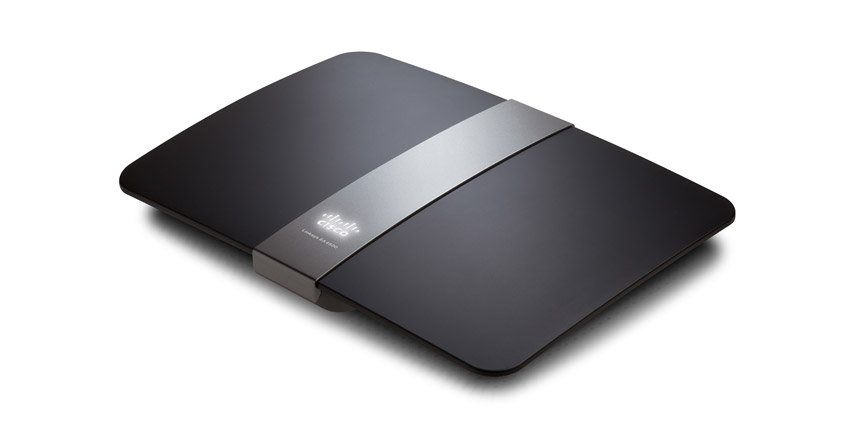
Does the 802.11n WLAN devices really deliver a speed up to 450Mbps? Or do we need IEEE 802.11ac devices as soon as possible?
The IEEE 802.11n standard has been approved since 2009 but still you can not get WLAN devices with all 802.11n features. All venders advertise on their product's specification that their devices support up to 300Mbit/sec or 450Mbit/sec but it does not correspond to the transfer rate that you can measure in your WLAN network. Here some example!
Thank you Sir for sending us your WLAN devices! Here is the result of our tests!
Scenario 2
Used WLAN devices:
Cisco Linksys EA4500 / Dual-Band N900 Router with Gigabit and USB; full 3x3 MIMO Antenna

Cisco Linksys AE3000 / Dual-Band Wireless-N USB Adapter with 3x3 Antenna
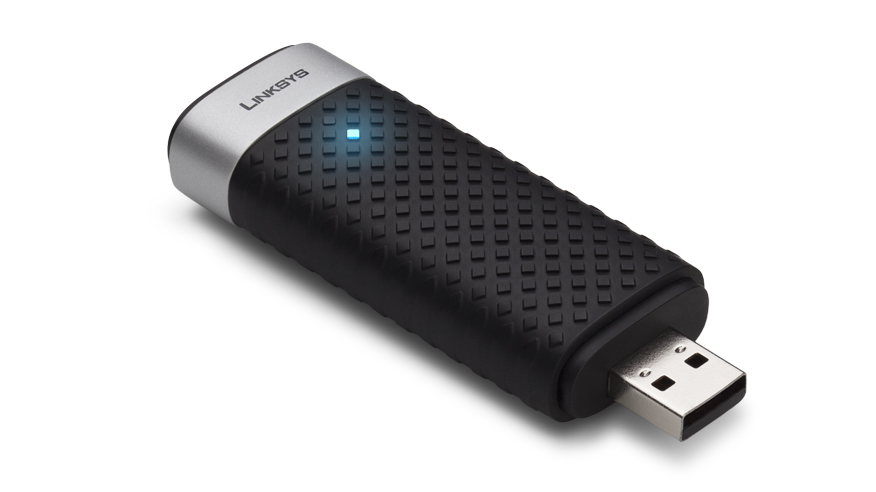
Used Tools:
AirMagnet WiFi Analyzer
AirMagnet / Fluke Spectrum Analyzer XT
iperf
We start our test in the following network scenario:
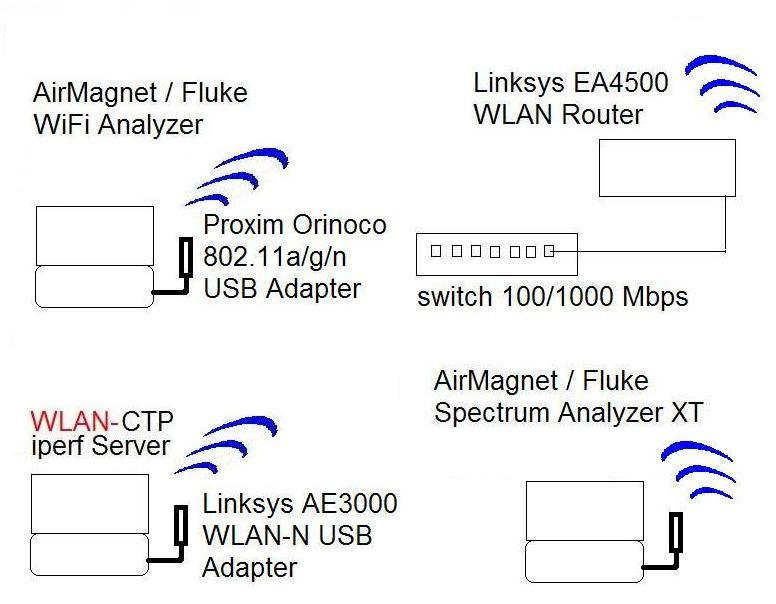
The distance between WLAN-Router and WLAN-Client is only 8 meters. There is nothing between these two WLAN devices.
The WLAN-Adapter AE3000 is connected to a HP laptop. The OS on this machine is WINXP Prof with SP3.
To be able to download a file we connect the web server via LAN (Ethernet 100Mbps) to the same network to which the Linksys EA4500 WLAN router is connected.
Here the configuration of the Linksys EA4500 Router.
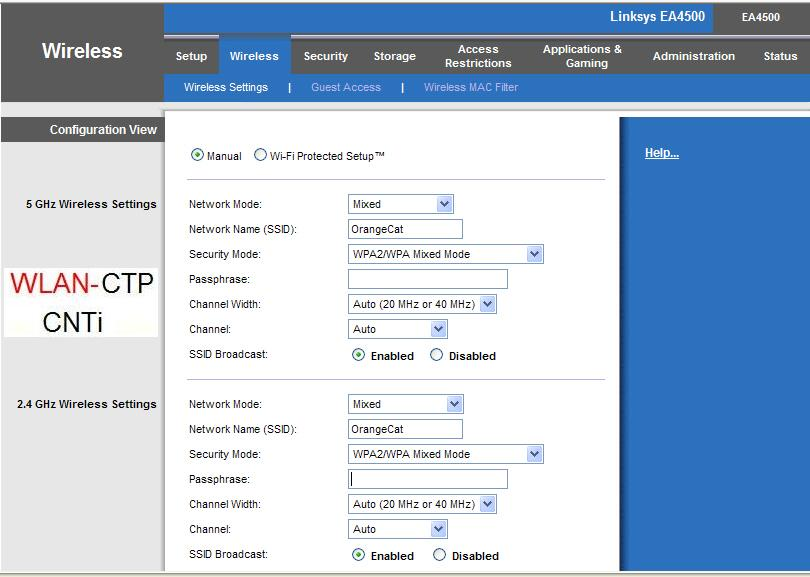
The Wireless Network connection status shows a speed of 216Mbps for the WLAN AE3000 adapter.
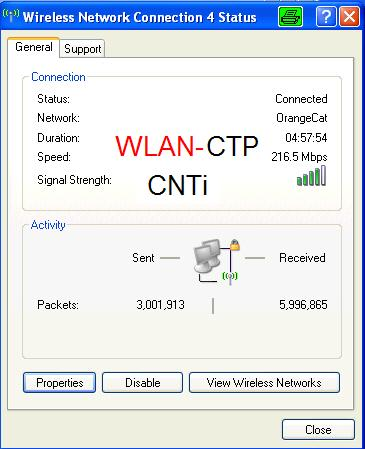
As you can see the AirMagnet/Fluke Spectrum Analyzer XT shows channel overlapping but no interferences:
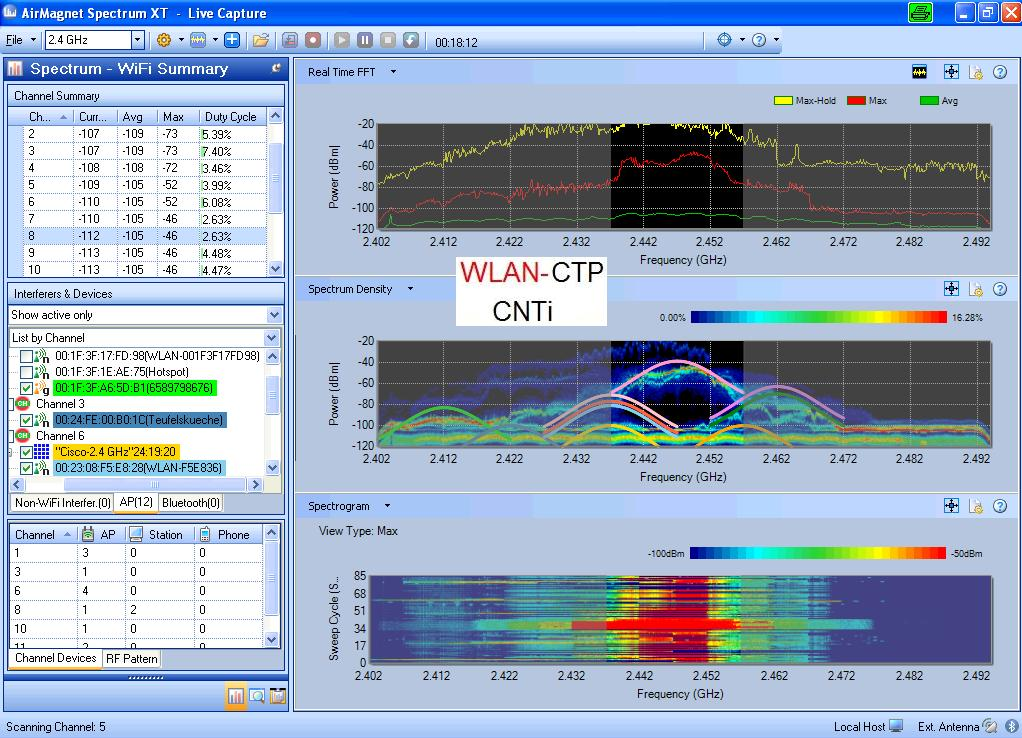
This time we use the AirMagnet/Fluke WiFi Analyzer and our iperf Server to check the transfer rate.
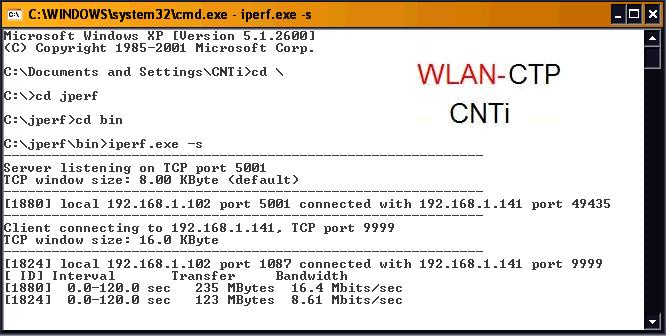
It shows a transfer rate of 16.4Mbits/sec and 8.61Mbit/sec for up- and downlink.
Test Result:
Unfortunately, the Linksys AE3000 with 3x3 Antenna and the Linksys EA4500 do deliver only a transfer rate of appr. 17Mbit/sec. Of course this is very poor for a device which should be much more faster than 802.11g WLAN devices.